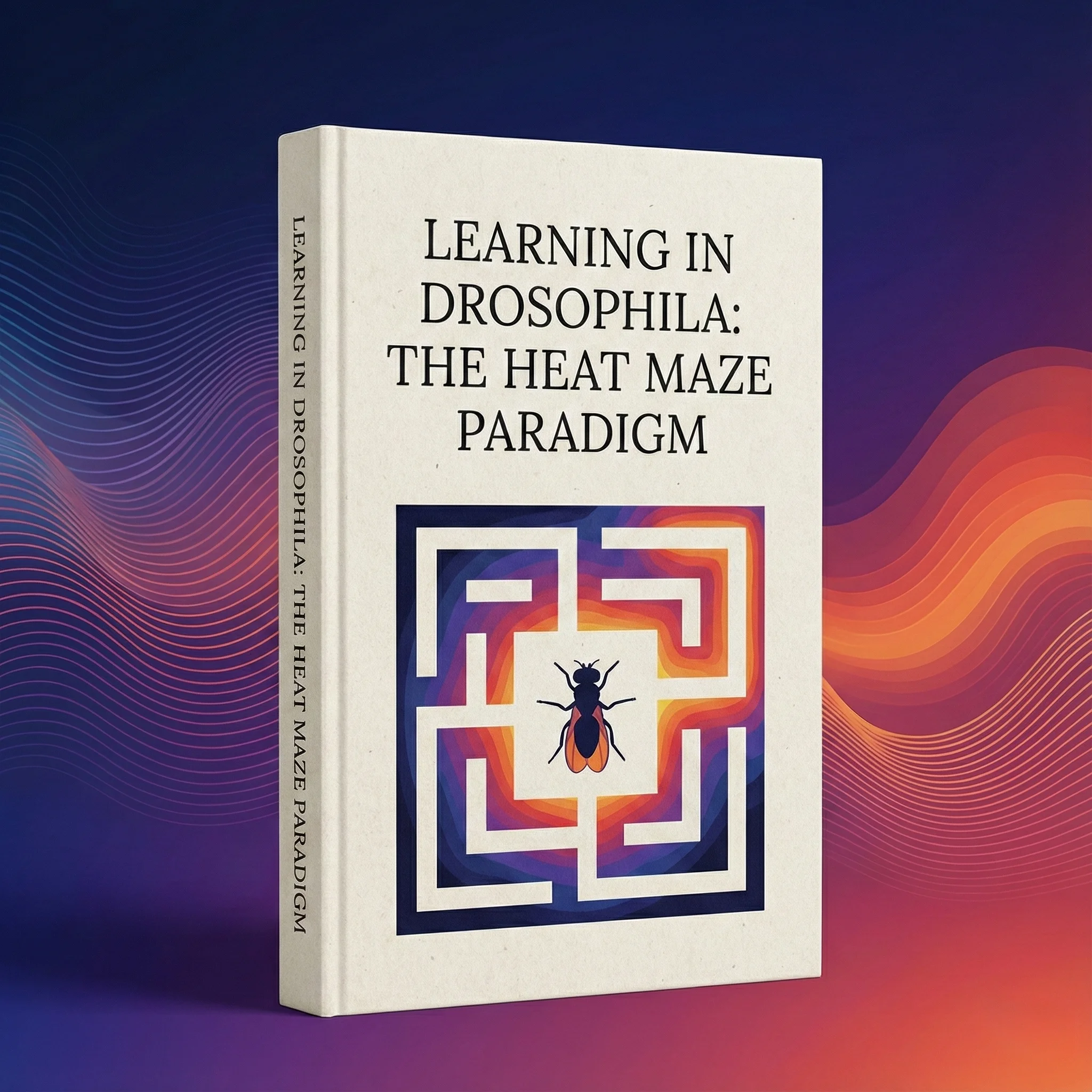
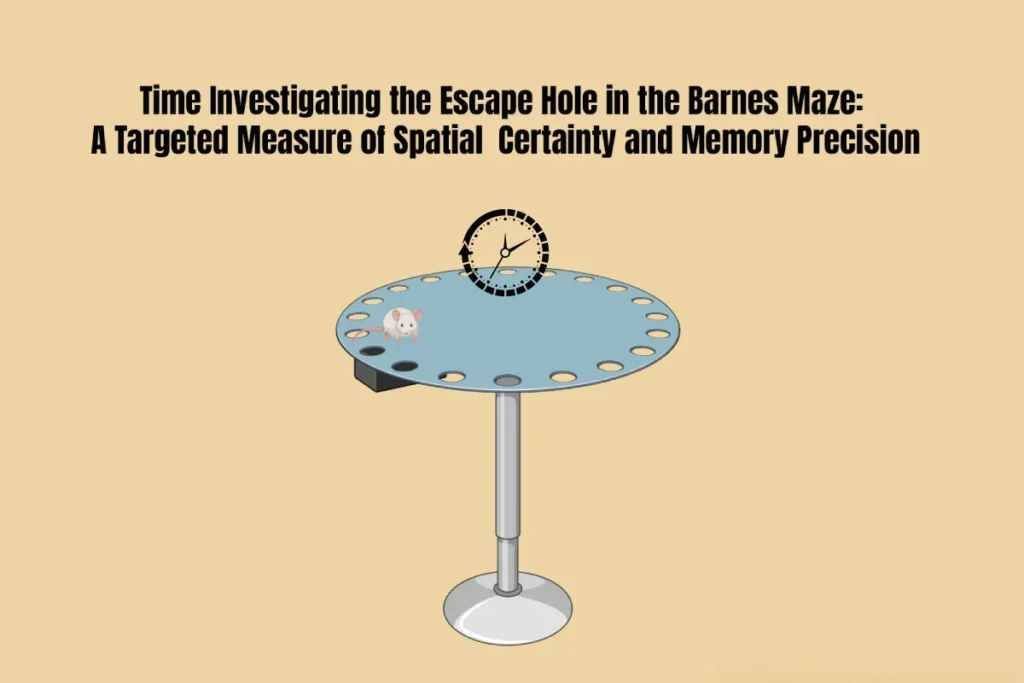
The Barnes Maze is a validated tool for assessing hippocampal-dependent spatial memory in rodents. While metrics like total latency and number of errors offer broad indicators of learning and performance, a more focused and informative behavioral measure is Time Investigating the Escape Hole (TIEH). This metric tracks how long a subject spends exploring the correct escape hole area—whether or not it immediately enters the escape box. Though subtle, this data point offers a highly specific readout of spatial certainty, memory recall, and motivational states.
Unlike overall escape latency, which can be influenced by movement speed or anxiety, TIEH reflects a moment of decision-making: when the animal finds the correct hole, how long does it investigate before entering (or not entering) the escape box? This measure adds a critical layer of interpretive resolution in behavioral neuroscience.
TIEH is defined as the cumulative time a rodent spends investigating the correct escape hole during a trial. This is typically detected by head-dipping, nose-poking, or pausing near the correct hole, as recorded by video tracking software such as ANY-maze or EthoVision XT.
This metric includes:
TIEH provides a window into the animal’s decision confidence—was the escape hole clearly remembered, or did the subject hesitate before committing to entry?
High-performing rodents often spend little time investigating the escape hole: they recognize it and enter promptly. Increased TIEH in late-stage training suggests hesitation or partial recall—perhaps the subject identified the hole visually but hesitated to act. Conversely, increased TIEH during a probe trial may signal strong spatial memory, with the animal persistently returning to the escape location even when the escape box is absent.
Two animals may use a spatial strategy and locate the correct hole quickly. However, if one enters immediately and the other hesitates, TIEH captures that cognitive divergence. It reveals differences in execution confidence and potentially motivational factors like anxiety or novelty aversion.
In probe trials, there is no escape box. An animal with a strong memory trace will spend more time investigating the correct escape hole—demonstrating that it recalls where the goal should be. This is reflected in elevated TIEH, especially in the absence of reinforcing outcomes.
Conduct Science’s Barnes Maze apparatus is designed for high-resolution behavior tracking, making it ideal for measuring nuanced metrics like TIEH. Our platform includes:
Using our systems, researchers can automatically define the escape hole as a distinct zone and quantify time spent at this location in real time. This allows for:
Older animals or Alzheimer’s models often show decreased TIEH in probe trials—not because they enter faster, but because they fail to locate or remember the escape location. In contrast, control animals may show high TIEH even when the escape box is absent, signaling strong spatial recall.
In studies testing nootropics or memory impairing drugs, TIEH helps distinguish between exploratory changes and true memory effects. A nootropic might reduce TIEH across sessions, while a sedative might increase it due to slower decision-making.
Animals under high stress may hesitate at the escape hole, inflating TIEH, while anxious animals may avoid the escape altogether. Measuring TIEH alongside latency can help dissociate motivational hesitancy from spatial memory failure.
TIEH at the former escape hole (during reversal) can indicate perseveration—failure to update the goal location. A cognitively flexible animal will decrease TIEH at the old escape hole and increase it at the new one over sessions.
Time Investigating the Escape Hole (TIEH) is a precise, underutilized metric that offers key insights into spatial certainty, cognitive flexibility, and motivation. It complements traditional measures by pinpointing the moment when the animal decides—correctly or not—that it has reached the goal.
With Conduct Science’s Barnes Maze systems and integrated tracking, researchers can collect TIEH data efficiently and reproducibly. This allows for high-resolution behavioral phenotyping in models of aging, disease, pharmacology, and cognition.
Barnes, C. A. (1979). Memory deficits associated with senescence: A neurophysiological and behavioral study in the rat. Journal of Comparative and Physiological Psychology, 93(1), 74–104. https://doi.org/10.1037/h0077579
Sunyer, B., Patil, S., Höger, H., & Lubec, G. (2007). Barnes maze, a useful task to assess spatial reference memory in the mice. Nature Protocols, 2(3), 848–858. https://doi.org/10.1038/nprot.2007.115
For more on Barnes Maze testing and behavioral tools, visit https://conductscience.com/barnes-maze

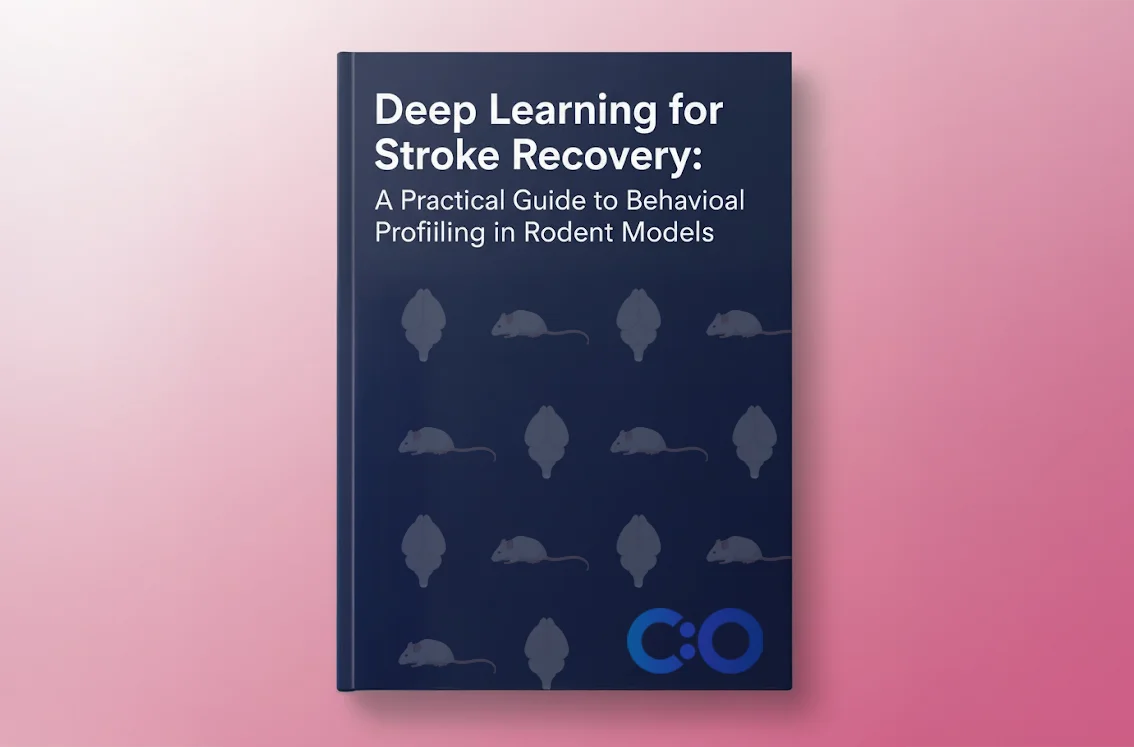
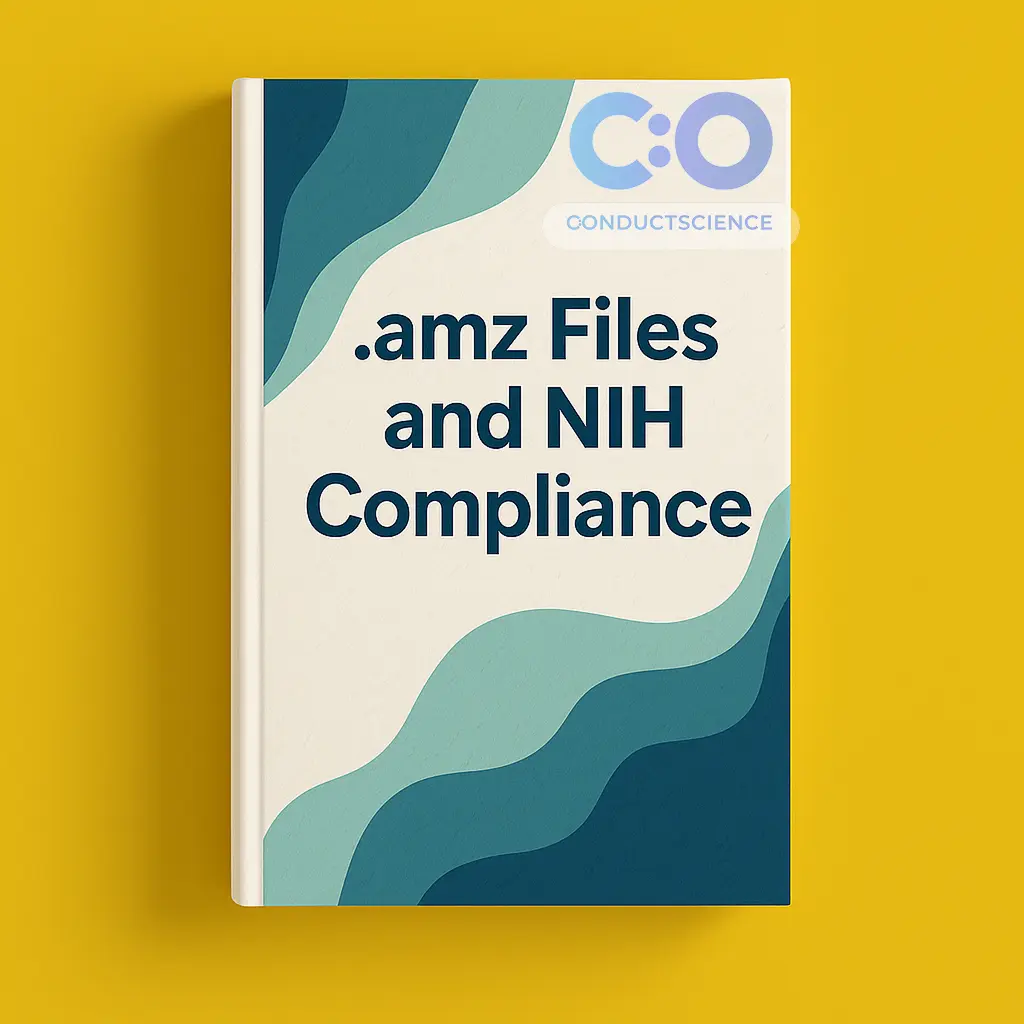

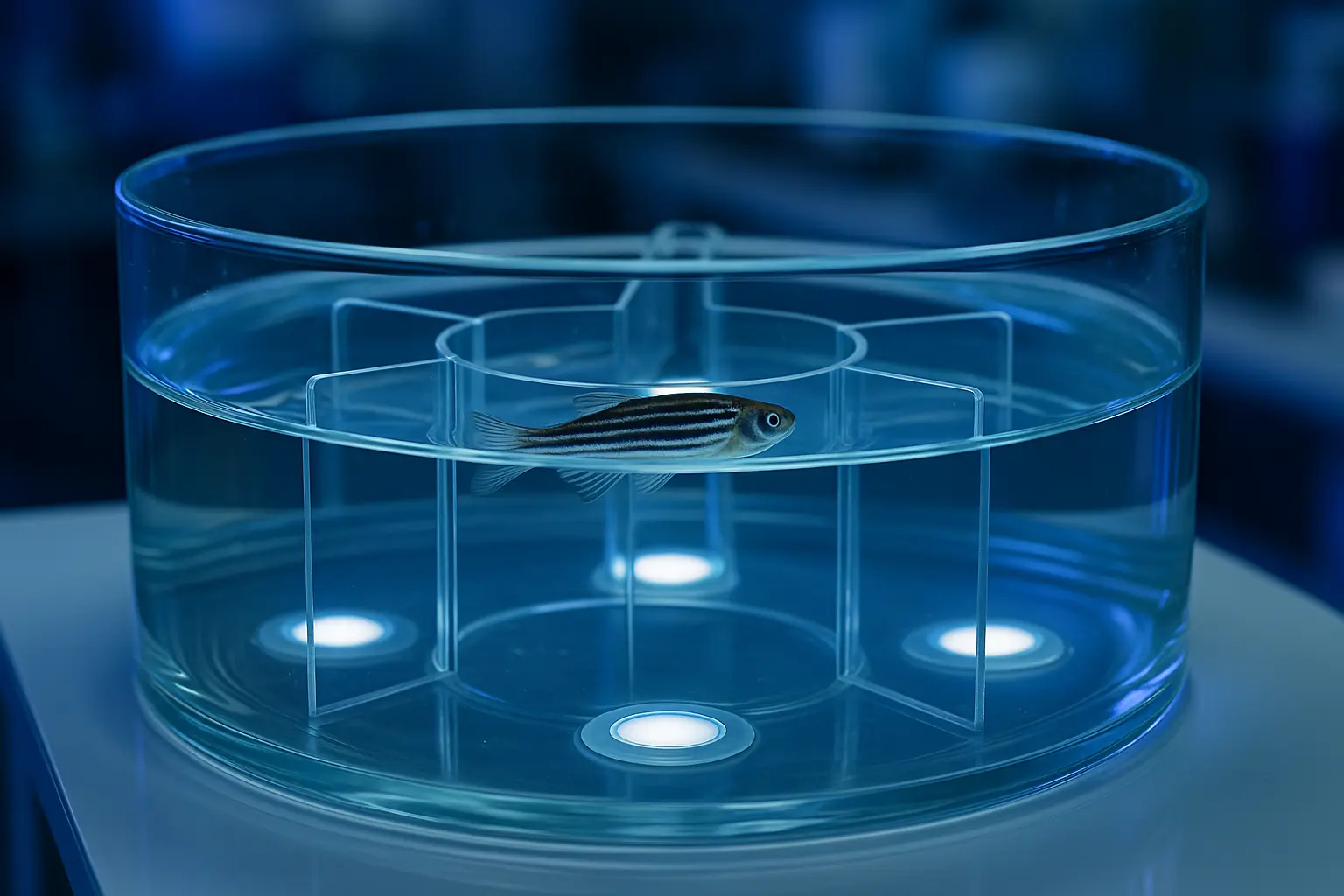
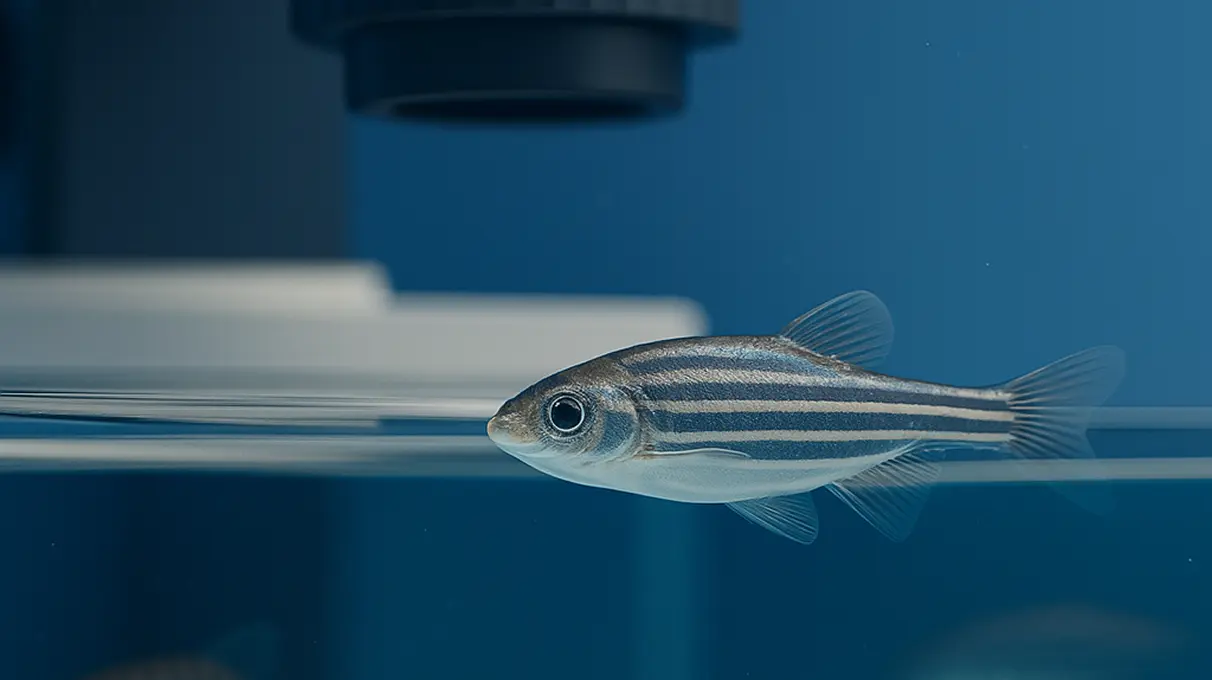


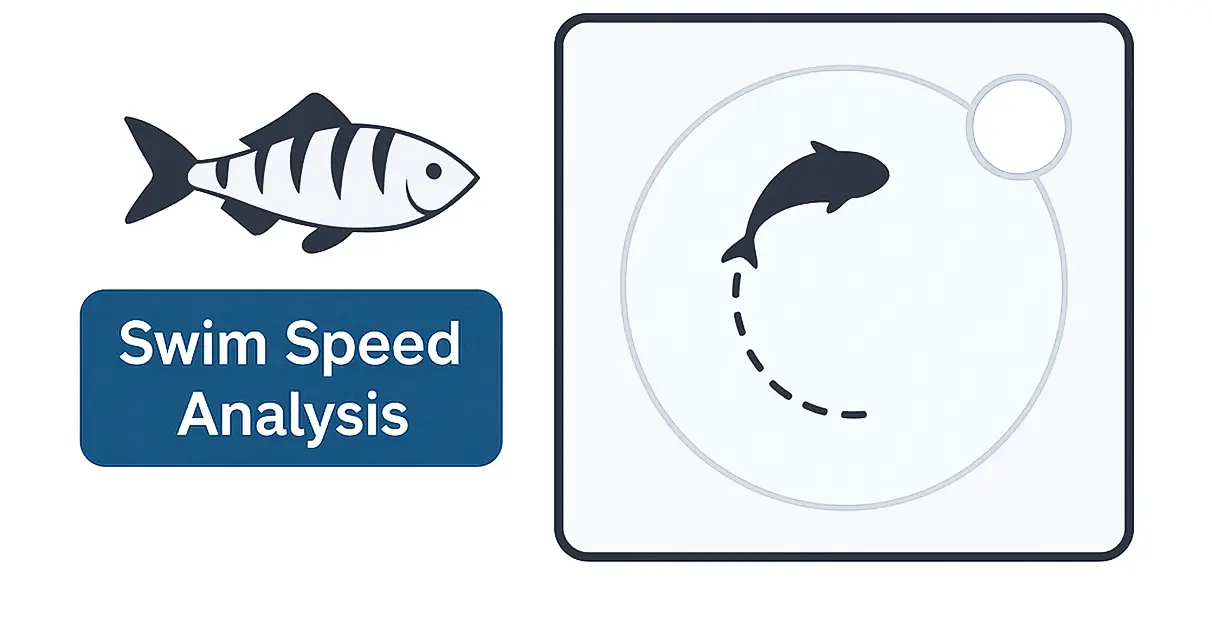


Dr Louise Corscadden acts as Conduct Science’s Director of Science and Development and Academic Technology Transfer. Her background is in genetics, microbiology, neuroscience, and climate chemistry.
